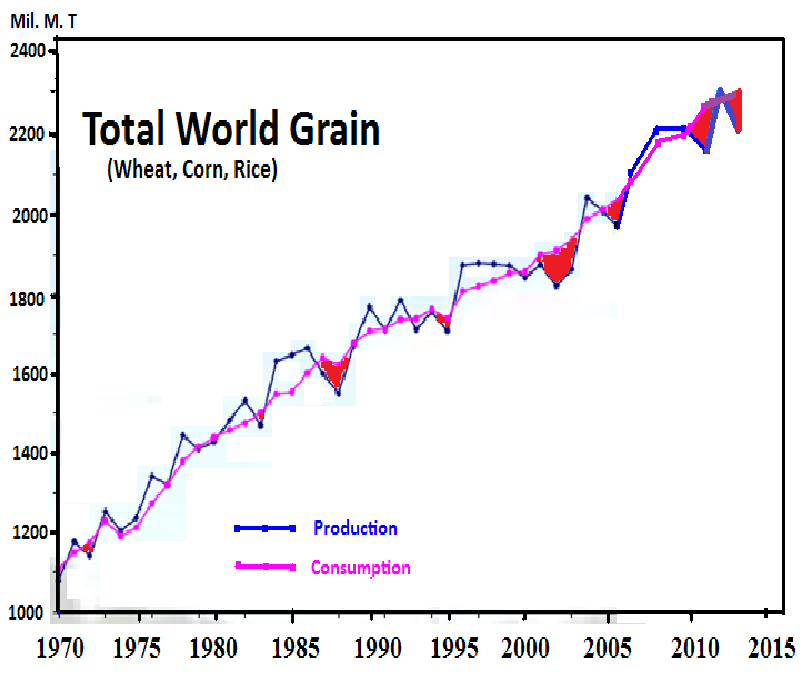Global droughts watch from space
Felix Kogan reports on drought detection from satellite data.
Length: 31 minutes.
Drought is one of the most adverse environmental disasters. It affects countries’ economies, environment and population wellbeing. Drought occurs every year somewhere in the world and is very costly disaster. Only in the USA, the country of high technology, drought costs taxpayers nearly $6 billion each year. Unlike other environmental disaster drought is a very unusual phenomenon because it starts unnoticeably, develop cumulatively, the impact is also cumulative and by the time when the effect of drought is observable it is too late to mitigate the consequences. Drought was traditionally monitored by weather data. However, since global weather station network is limited, satellite data were used for drought detection, monitoring, prediction and impact assessment. NOAA has developed new method for drought detection and monitoring from reflectance measured by the Advanced Very High Resolution Radiometer flown on NOAA polar-orbiting operational environmental satellites. The method calculates Vegetation Health (VH) indices, which estimate vegetation condition (health) on a scale from extreme stress to favorable conditions based on intensity of greenness, vigor and hotness of vegetation canopy. The VH is estimated every week for each 4 by 4 km earth surface since 1982 and is delivered to the NOAA/NESDIS web site in digital, color-coded and time series from http://www.star.nesdis.noaa.gov/smcd/emb/vci/VH/index.php. In addition to drought and vegetation health monitoring, the VH indices are applied to model and predict agricultural production, wild fire risk, mosquito-borne diseases, climate & land cover changes, invasive species and others. This presentation provides some principals of the method, current drought situation, example of global and regional early drought detection, estimation of its intensity, duration & impact, modelling & prediction of crop production, and explains possible climate services. Some attention will be devoted to drought impacts on food security and how the new generation of NOAA operational satellites (S-NPP/JPSS) will improve drought detection and monitoring.

